What Is the Benefit of an Aligned Spine? What's a Benefit of a Good Chiropractic Adjustment?Imagine a railroad station with trains chugging in and out in every direction. What is the benefit of a nice railroad station that runs smoothly? All trains run on schedule and all the passengers are happy. Your spinal cord is just like a railroad station. Instead of trains, however, nerves enter and exit the “station” at various points: the process is called innervation. They slide into the spinal cord by passing in between vertebrae. From the spinal cord, they travel to and from the body’s muscles, organs and other structures. Each vertebra has its own set of nerves that weave in, out and around it. Dysfunction or injury of the vertebrae can short-circuit this intricate wiring system. Ongoing research indicates that vertebral subluxations may affect nerve transmission and the structures those nerves innervate.
0 Comments
The Most Important Things You Need To Know about
|
| | |
The Anatomy Of Spine That Gets Range Of Motion And Flexibility.
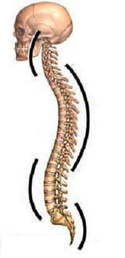
with its numerous components, is also known as the vertebral column or backbone.
Dr. Masoud Shamaeizadeh of Soft Touch Chiropractic in Porter Ranch California spends countless hours navigating this strong but flexible superhighway full of twists, turns and exits. Even the slightest deviation on this intricate highway can spur complications ranging from carpal tunnel syndrome to headaches, backaches, infantile colic and ear infections.
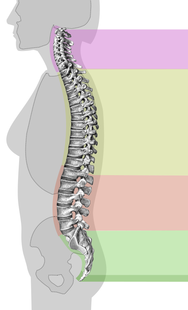
The spine is actually a chain of 24 bones known as vertebrae, which rest
on a bone called the sacrum — below which is the coccyx. In between the
vertebrae are joints. These joints are cushioned by fluid-filled “pillows”
called inter vertebral discs (IVDs).The soft inner section of the IVD is
called the nucleus pulposa. Surrounding the nucleus is the sturdier annulus
fibrosis.The vertebral column extends from the skull to the pelvis. In addition to keeping us vertical, its most important job is protecting the spinal cord.
Types of Vertebrae
Vertebrae are categorized by position,shape and function: Cervical — Taking it from the top down, the first seven vertebrae are known as cervical (C1-C7). These
lightweight bones allow for maximum range of motion and flexibility.
Thoracic — The 12 vertebrae in this category form the central part of the
spinal column. Located in the upper back, each of the thoracic vertebrae is
attached to a rib.Lumbar — Located in the small of the back, the five stocky lumbar vertebrae are the ultimate workhorses: bearing the weight of the head and the trunk.
Sacrum — This triangular area includes five fused bones and is flanked
by the pelvic bones (illium). Coccyx — Also known as the tailbone, it consists of four fused vertebrae.
Dr. Masoud Shamaeizadeh of Soft Touch Chiropractic in Porter Ranch California explains that, although excessive side-to-side spinal curves (scoliosis) are dysfunctional,slight front-to-back curves are essential to spinal health.
The spine’s unique design gives it strength and flexibility. Shock absorption is also enhanced — as is balance:the latter by keeping the trunk of the body placed squarely over the feet. The three normal curves of the vertebral column are:
Cervical lordosis (neck) — the apex in the front or anterior of the body.
Loss of this curve results in a straightened or “military” neck. Reversal of
this curve results in a jetting forward of the head, or “forward” neck.
Thoracic kyphosis (upper back) —the apex in the back or posterior. Ex-
cessive kyphosis results in “hunch back.”
Lumbar lordosis (low back) — the apex in the anterior of the body.
Strong abdominal muscles prevent excessive lordosis or “sway back.”
Vertebrae View Typically, vertebrae consist of a weight-bearing outer bone, called the centrum, which is attached to a ring shaped arch. Working together, they protect a hole known as the vertebral foramen — where the spinal cord passes through. Ligaments and back muscles stabilize the vertebral column and create a series of checks and balances.
Vertebral Subluxations It’s easy to imagine how the delicate
balance of the vertebral column can be upset. Repetitive motion, trauma,
sports activities and office work may all generate slight alterations in spinal
alignment. When vertebrae become misaligned or spinal movement is restricted, the result is a condition known as vertebral subluxation. This
common occurrence is linked with a myriad of health concerns, such as
carpal tunnel syndrome, headaches,backaches, infantile colic and ear infections.
Chiropractors correct vertebral subluxations with safe and gentle maneuvers called chiropractic adjustments.
But how do they detect this condition in the first place?
Doctors of chiropractic use the sense of touch — known as palpation — to
determine the existence of vertebral subluxations. In addition, range-of-
motion restriction, postural imbalances and muscle tension often indicate the presence of vertebral subluxations. Orthopedic and neurological tests further assist chiropractors inidentifying the condition.
|
|
|
New Patient Special
Archives
July 2024
June 2024
March 2024
August 2023
June 2023
May 2023
November 2021
August 2021
July 2021
June 2021
April 2021
February 2021
January 2021
December 2020
November 2020
October 2020
September 2020
January 2020
December 2019
October 2019
June 2019
March 2019
February 2019
January 2019
December 2018
October 2018
September 2018
August 2018
July 2018
June 2018
May 2018
April 2018
March 2018
February 2018
January 2018
December 2017
November 2017
October 2017
September 2017
August 2017
June 2017
May 2017
April 2017
March 2017
February 2017
January 2017
December 2016
November 2016
October 2016
September 2016
August 2016
July 2016
June 2016
April 2016
March 2016
February 2016
January 2016
December 2015
November 2015
September 2015
July 2015
May 2015
April 2015
March 2015
February 2015
January 2015
December 2014
November 2014
October 2014
September 2014
August 2014
July 2014
June 2014
May 2014
April 2014
March 2014
February 2014
January 2014
December 2013
November 2013
October 2013
September 2013
August 2013
July 2013
June 2013
May 2013
March 2013
February 2013
January 2013
December 2012
June 2012
Author
|

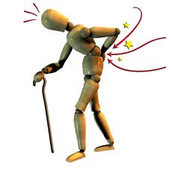

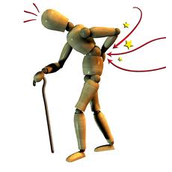
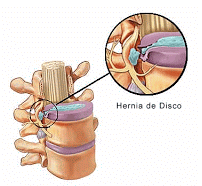

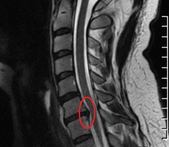

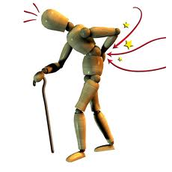
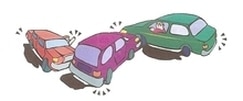
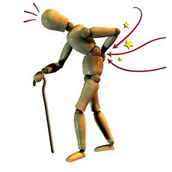
 RSS Feed
RSS Feed
